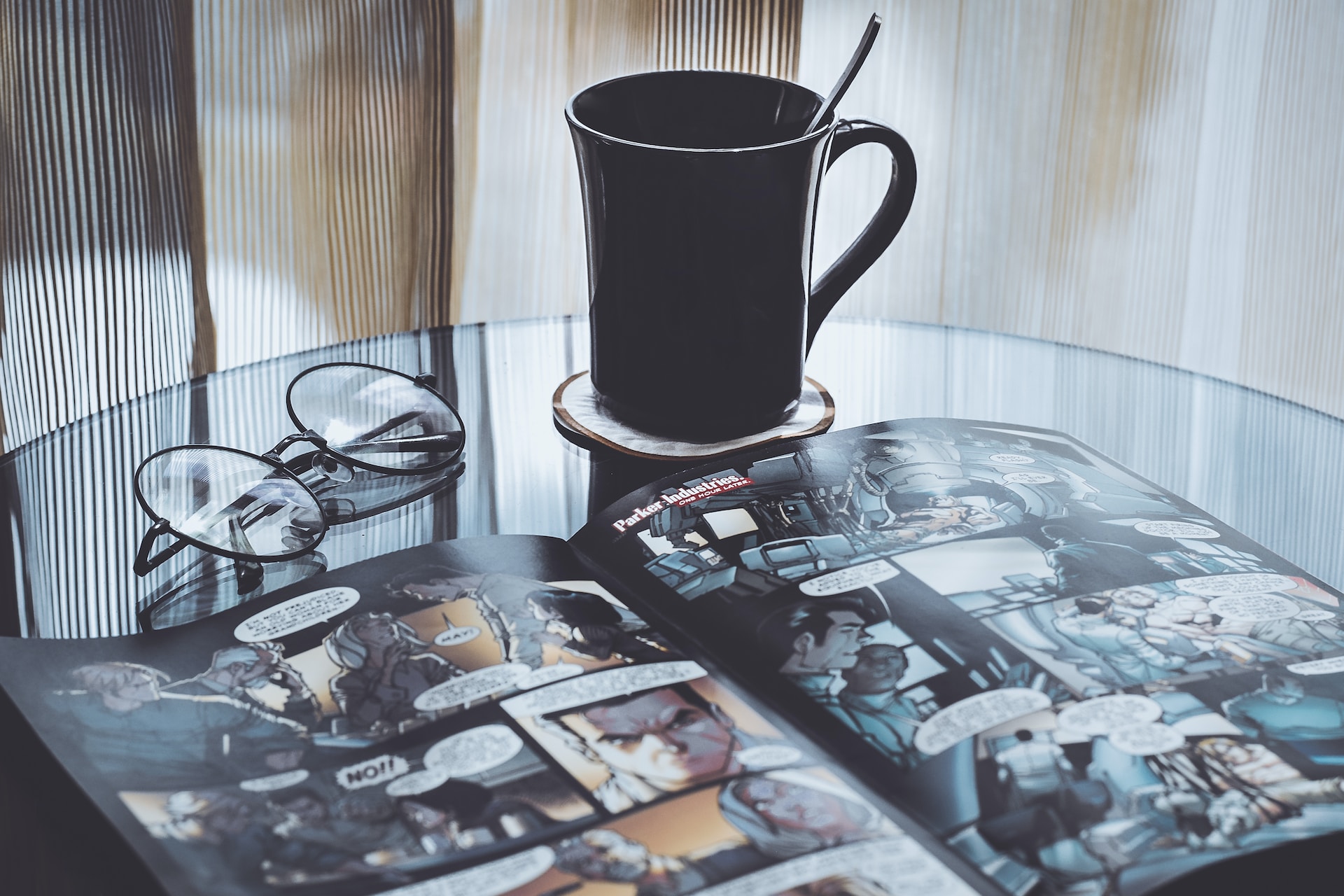How comics are made: features of the drawing
Comics have deservedly become a trend in 2023. More and more specialists are noticing an increased demand for their drawings. The main feature of this type of illustration is the ability to convey the story as fully as possible in an accessible and concise form to convey the idea to a very different audience. The comic book is created to make most of its scenes understandable without using text in the cloud. All information is visually appealing and captivating to reveal the idea.
Comics are not the only new stories that become comics. Classical works, fairy tales, and folk folklore can be adapted to this format. The interpretation of classical works in comics is becoming increasingly popular. They can serve as educational material for schoolchildren, a variant of the popularization of literature.
Comics are also used as a tool for advertising, the purpose of which is to attract consumers’ attention. The plot should correspond to the main task of promotion – acquaintance with a brand or a particular product.
Working on a comic book includes several steps which help to realize the idea. The first thing to start with is determining the composition and highlighting the close-up. This is where writers sketch a drawing to select its size and understand how it should be placed on the sheet.

The text part of the story, the size of the cloud, deserves special attention. At this stage, it is necessary to think through the lines, to check that they are written in the same style and without errors. It is important to maintain consistency in the text so that the story is fascinating to watch, as well as the pictures. A feature of comics is the limited number of lines. Each dialogue must be thought out to reveal the plot briefly.
Then proceed to the detailed elaboration of each character, paying attention to the character’s mimicry and the scenes’ dynamics. A challenging task for artists is to portray the various emotions that will respond to the events in the story.
After detailed sketching, they proceed to color. Here, it is essential to observe the previously mentioned requirements for the color of the character’s clothing and the surrounding objects. After the first drawing, fine details are added, outlines are shown, and individual portions of the image are brightened or darkened. This part of the work makes the drawings three-dimensional and attractive to the reader. Now you can move on to the layout, after which the work is sent to the editorial office for the final proofreading and correction of errors.
Even though comics are usually small in size, they require detailed work. The difficulty here is that in a limited number of pictures and lines, you need to express the idea and keep the structure of the plot: the plot outline, introduction of the characters, development of the story, and its ending. And all this should be well designed and worked out to the smallest detail.
